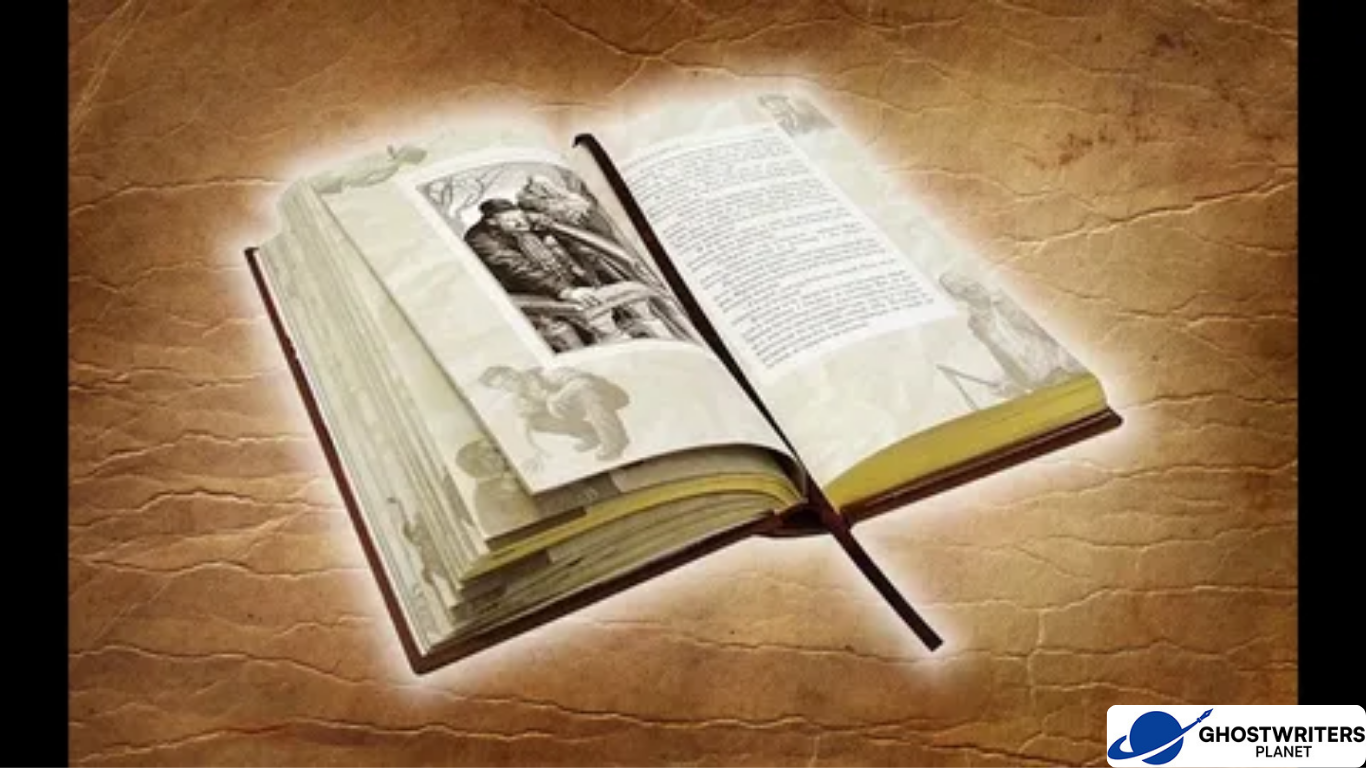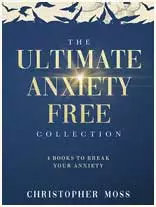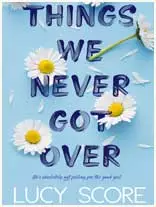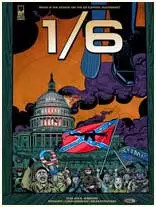What are the 7 elements of an effective book trailer?

You spent weeks on your book trailer. You found the perfect moody music, layered in beautiful scenery shots, and even convinced a friend with a good voice to do the narration. You upload it to YouTube with high hopes.
And then three likes. Zero comments. Crickets.
Let’s be honest, your trailer might have looked cinematic, but it didn’t sell. And in the age of TikTok and reels, that’s a death sentence for attention.
Here’s the uncomfortable truth: a book trailer that doesn’t capture attention in the first seven seconds might as well not exist. You’re competing with an endless scroll of dopamine-inducing videos. Your audience decides within moments if they’ll stay or move on.
The good news? Selling your book through video isn’t about flashy effects; it’s about psychology, structure, and story. That’s what professional book trailer services get right. And it all starts with mastering what I call The 7-Second Rule.
The 7 Elements of a Conversion-Focused Book Trailer
In over a decade of working with authors and publishers, I’ve seen one pattern over and over: the trailers that sell books all nail the same seven elements. Think of these as your conversion code.
1. The Unskippable Hook (0–7 Seconds)
This is your make-or-break moment. Within the first 7 seconds, your viewer decides whether to keep watching or click away.
What it is: A striking visual, question, or sound that sparks instant curiosity.
Why it matters: Attention online is brutally short. If your trailer doesn’t interrupt the scroll, you’ve already lost.
Example:
For a thriller: black screen, heartbeat, then text fades in “He thought the knocking was at the door. It was coming from inside the coffin.”
In one of our client projects, we tested two openings for the same trailer. The version with a strong question hook, “Would you confess a murder you didn’t commit?” had 42% higher viewer retention.
2. A Clear, Compelling Value Proposition
The question every viewer is silently asking: “Why should I care?”
What it is: A concise promise of what emotional experience the reader will get.
People don’t buy plots, they buy feelings. Escape. Connection. Suspense. Hope.
Instead of:
“A story about a woman solving a crime.”
Try:
“Discover the secret everyone in this small town is willing to kill for.”
In short: your trailer should sell what it feels like to read your book, not just what happens in it.
3. Cinematic Visual Language (Not Stock Footage Soup)
Here’s the hard truth: Most DIY book trailers look like stitched-together stock clips. And viewers can smell “cheap” instantly.
What it is: Visuals that breathe your genre’s mood, consistent color tones, symbolic imagery, purposeful motion.
Why it matters: Humans process visuals 60,000 times faster than text. Every shot is an emotion trigger. Professional book video trailer services shine here because they build visual metaphors, not montages. For a romance, soft golden light and close-up gestures evoke intimacy. For a dystopian sci-fi, cold blues and sharp contrasts create tension.
When done right, viewers don’t just watch, they feel.
4. Strategic Pacing & Rhythm
Ever watched a book trailer that just felt off? The pacing didn’t match the story’s tone.
What it is: The editing rhythm is how shots, transitions, and music flow together.
Why it matters: Pacing subconsciously tells the viewer what kind of story this is.
- Thriller: Fast cuts, escalating tension.
- Romance: Smooth fades, intimate pauses.
- Fantasy: Gradual build, epic crescendo.
When we re-edited a fantasy author’s trailer with slower pacing and a grander score, their average watch time jumped from 12 to 39 seconds. That’s a 225% improvement just from matching tone to tempo.=
5. Powerful, Minimalist Copy
If your trailer has walls of text, it’s dead on arrival.
What it is: Sharp, emotional phrasing that delivers impact in 5–7 words.
Why it matters: Viewers are processing images, audio, and emotion simultaneously. Long sentences break the spell.
Example:
- “One town. One secret. One survivor.”
- “Love ends. Truth doesn’t.”
- Every word earns its place, or it’s gone.
6. Evocative Sound Design
Sound isn’t background. It’s the bloodstream of emotion.
What it is: A carefully chosen soundtrack plus subtle effects (a heartbeat, whisper, footstep) that pull the viewer into the story world.
Why it matters: Studies show that sound influences emotional engagement more than visuals do. A silent trailer feels hollow; one with layered audio feels alive.
In my experience, the right sound cue, a single whispered line or a swell of music, can double viewer retention. Sound builds tension faster than words ever could.
7. An Irresistible, Frictionless Call to Action (CTA)
A trailer without a CTA is like a car without wheels. It looks great, but it’s not going anywhere.
What it is: A simple, direct instruction:
- “Pre-order now at [website]”
- “Available on Amazon, Audible, and Kindle Unlimited.”
- “Watch more at [AuthorName].com.”
Why it matters: Viewers need direction. Without a clear next step, they’ll scroll right past your masterpiece.
Pro tip: Always end your trailer with clickable links and readable text for at least 3 seconds. You’ve earned their attention; now convert it into action.
DIY vs. Pro: When to Hire Professional Book Video Trailer Services
So, should you tackle it yourself or hire a team that lives and breathes book marketing video strategy?
Here’s the honest comparison:
The DIY Approach | Professional Book Video Trailer Services |
Risk of looking amateurish, failing to convert. | Creates a polished, market-ready asset that enhances your author brand. |
20–40+ hours of learning, sourcing, and editing. | You share your vision; pros handle production start to finish. |
Limited stock visuals and generic music. | Access to cinematic-quality footage, licensed music, and voice talent. |
Guesswork on pacing and audience psychology. | Uses proven engagement and conversion strategies from digital marketing. |
If your book is your business, professional production isn’t an expense; it’s leverage.
What to Look for in a Professional Book Trailer Service
Choosing the right partner matters as much as the trailer itself. Look for:
- A Portfolio That Tells Stories: Not just pretty clips, trailers that make you feel something.
- Strategic Input: They ask about your audience, genre, and emotional tone before talking about visuals.
- Transparent Pricing & Process: Clear deliverables, revisions, and communication.
- Strong CTAs in Every Sample: Watch how they close. Do they drive action or fade to black?
- Marketing Mindset: A good producer understands algorithms, attention spans, and conversion funnels, not just editing software.
When we onboard new clients, our first step isn’t design, it’s diagnosis. We ask, “What should this trailer make your viewer feel, and what do we want them to do right after watching?” That question alone changes everything.
Your Book Deserves a Trailer That Works as Hard as You Did
You poured your soul into your manuscript. Don’t let your marketing whisper when it should command attention.
A book trailer isn’t just a teaser; it’s a sales engine. When built on these seven elements, it becomes a magnetic, emotional invitation to read.
Whether you DIY it using this framework or collaborate with professionals, remember:
You only have seven seconds to make someone care.
Make every one of them count. Ready to create a book trailer that actually sells? Explore our book trailer services and let’s turn your story into a cinematic experience that converts curiosity into clicks and clicks into readers.
limited Time offer
- 00
- 00
- 2





